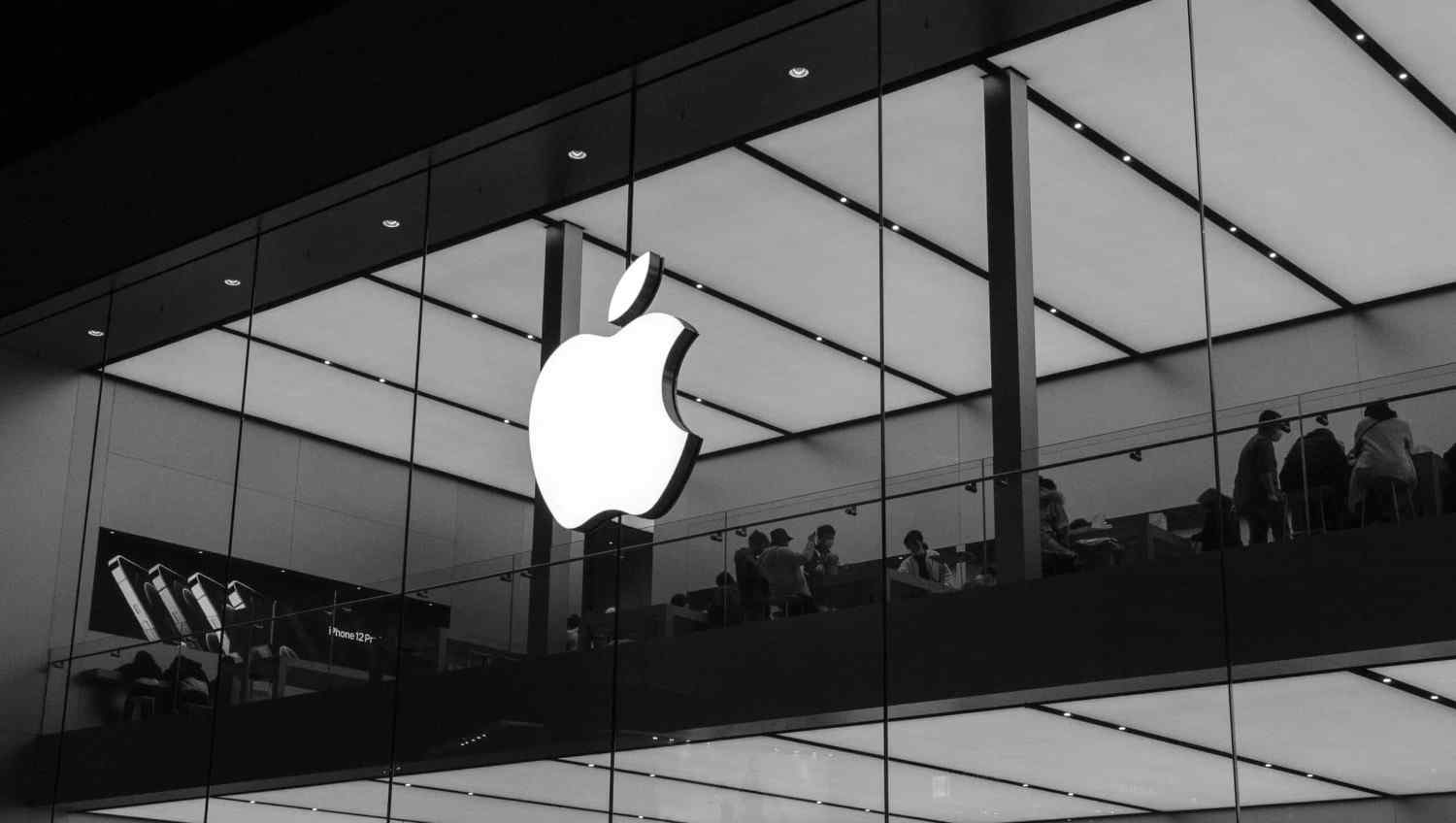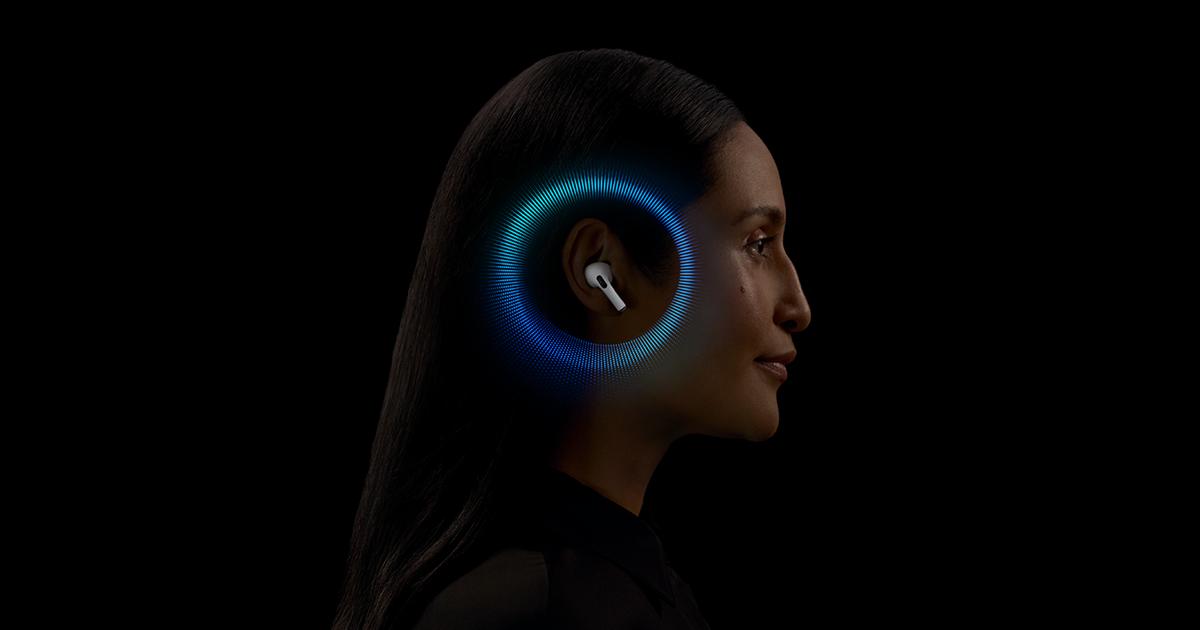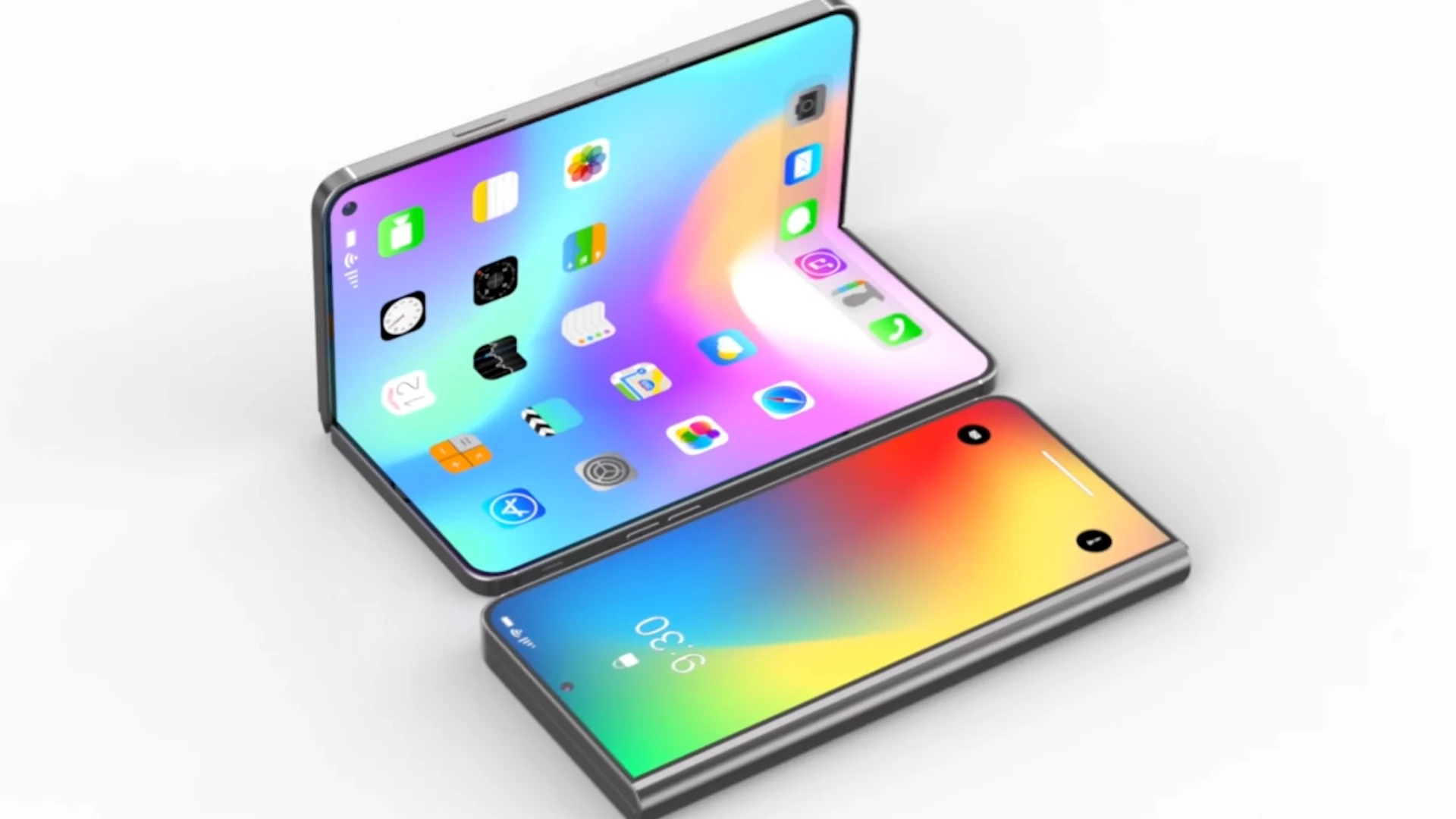Rob Bonta, the California Attorney General, may challenge the federal government if Trump pushes for new tariffs against Apple. Bonta told the press in San Francisco that his office is observing Trump’s words and is ready to intervene if laws are broken or lawsuits are needed.
Recently, Trump criticized Tim Cook for deciding to produce iPhones outside the U.S., saying Apple should be hit with at least a 25% tariff if it doesn’t bring production back to America. He said that Samsung and other tech companies might also be affected by these tariffs.
Since she has challenged Trump policies before, Bonta met with local businesspeople to talk about how tariffs might disadvantage California’s companies. He said that Apple, with other leading companies, offers employment opportunities in California and helps keep the country’s economy among the top in the world.
If Bonta’s office finds that Trump’s words may end up hurting Apple or other companies unfairly, he is prepared to step in and protect California businesses. Apple has remained silent about the situation for now.
His latest threats have led Apple’s share price to drop and left other electronics companies uncertain about being hit by new tariffs.




